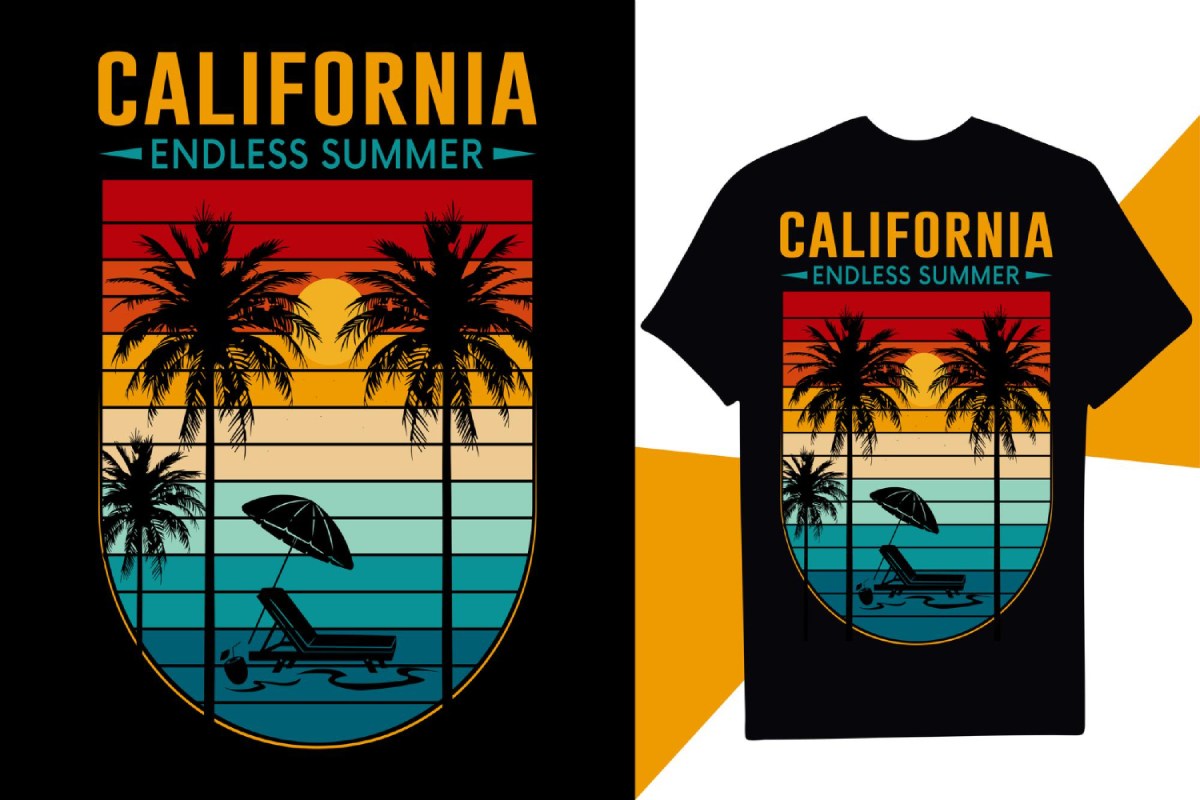
California DTF vs Screen Printing: Pros & Cons
California DTF: A Modern Solution for Print Customization
The rise of California DTF technology has reshaped how apparel is customized. It enables businesses to produce high-resolution graphics with vivid colors and fine detail without the limitations of older methods. As trends shift toward digital solutions and eco-friendly practices, California DTF is proving to be a valuable, scalable, and creative tool for small and large print runs.
DTF Transfers: Efficiency and Flexibility Combined
DTF Transfers offer unmatched versatility when it comes to garment decoration. Unlike traditional methods, DTF doesn't require screens or multiple setups. You can apply complex designs on cotton, polyester, blends, and more with a simple heat press. This makes the process efficient, consistent, and ideal for on-demand fulfillment.
Screen Printing: Traditional Method with Bulk Benefits
Screen printing remains a classic method known for its durability and vibrancy in large production runs. It is well-suited for bulk orders with limited color palettes. However, it requires significant preparation, including screen creation, ink setup, and alignment, which can be time-consuming and expensive for smaller orders or frequent design changes.
Comparing Quality: Print Detail and Finish
California DTF provides photo-quality detail with no loss in color saturation. Fine lines, gradients, and intricate artwork look flawless, making it an excellent choice for streetwear or artistic pieces. Screen printing offers a textured finish that some prefer for a bold and tactile aesthetic but lacks the flexibility DTF offers in design complexity.
Cost Efficiency and Production Time
When it comes to cost efficiency, DTF outshines screen printing for small or mid-sized runs. With screen printing, the more units you produce, the lower the cost per piece becomes—but at the expense of time and flexibility. DTF, on the other hand, minimizes setup costs and delivers faster turnaround times, even for single garments.
Eco Impact and Material Waste Comparison
As environmental awareness increases, DTF stands out with its lower material waste. There’s no need for excessive ink, emulsion, or water during production. California-based print shops are leveraging sustainable inks and recyclable films to align with green goals. Screen printing, although evolving, still involves chemical waste and water use that can be harder to manage sustainably.
Conclusion
Both California DTF and screen printing have their unique strengths. While screen printing remains the go-to for high-volume, consistent designs, DTF wins with flexibility, eco-friendliness, and efficiency for modern businesses. Choosing the right method depends on your order volume, design type, and environmental priorities. For businesses focused on quality, agility, and sustainability, DTF continues to emerge as the preferred choice in 2025 and beyond.
Frequently Asked Questions
Is DTF better than screen printing for small orders?
Yes, DTF is more cost-effective and faster for small or custom batches.
Does screen printing last longer than DTF?
Both offer durable prints, but screen printing may resist heavy wear slightly better.
Can I use DTF on any type of fabric?
Yes, DTF works well on cotton, polyester, nylon, blends, and more.
Is DTF environmentally friendly?
Yes, especially when using water-based inks and recyclable films common in California.
Which is faster, DTF or screen printing?
DTF is faster, particularly for short runs or rapid design changes.
Can I get full-color prints with screen printing?
Yes, but it becomes complex and expensive compared to the ease of full-color DTF prints.
Is screen printing cheaper for bulk orders?
Yes, screen printing becomes more cost-effective at high volumes.
Do DTF prints crack or peel over time?
No, quality DTF prints remain soft and flexible with proper care.
Which offers better detail for artwork?
DTF offers sharper details, gradients, and photographic realism.
Can I use both methods in one design?
Yes, some brands combine DTF and screen printing for mixed texture and style.






